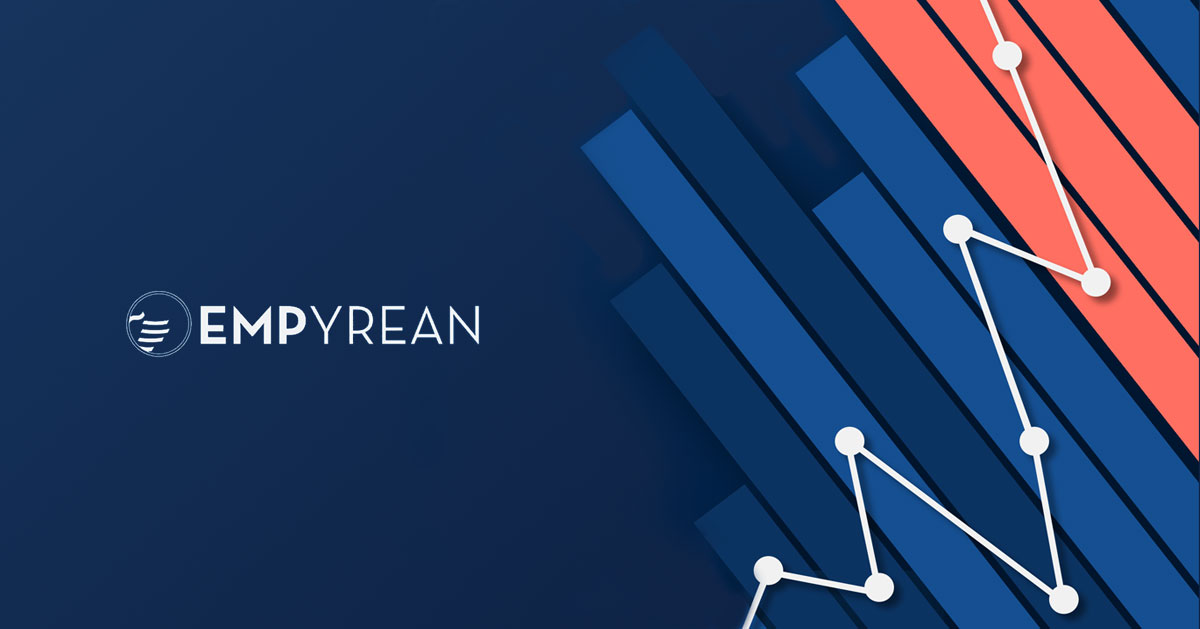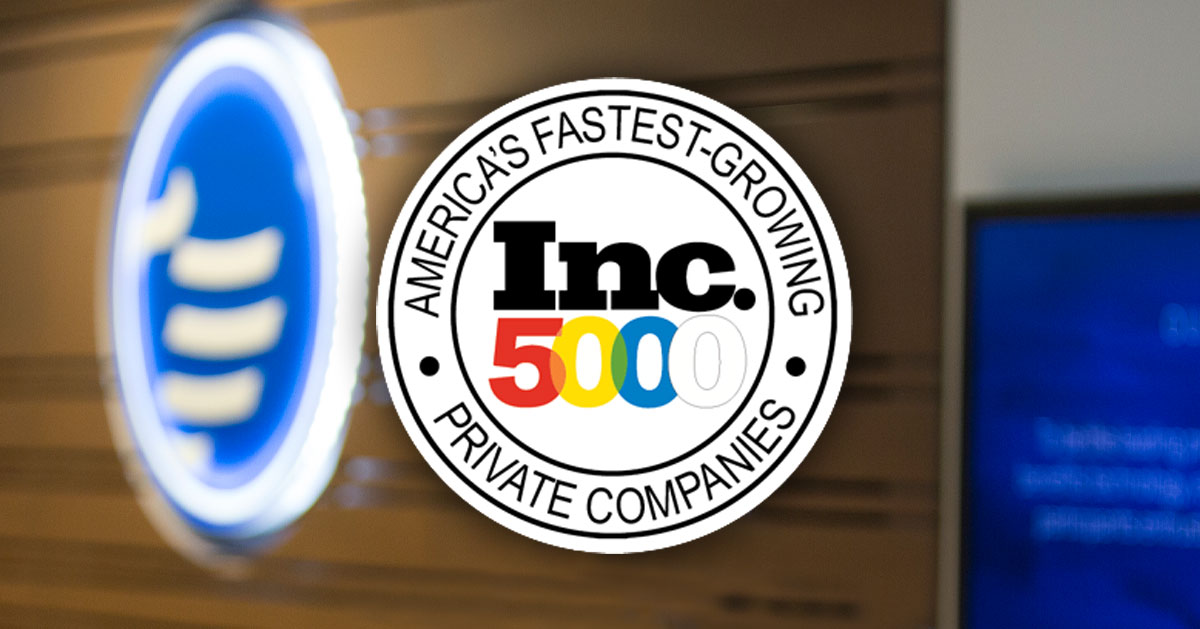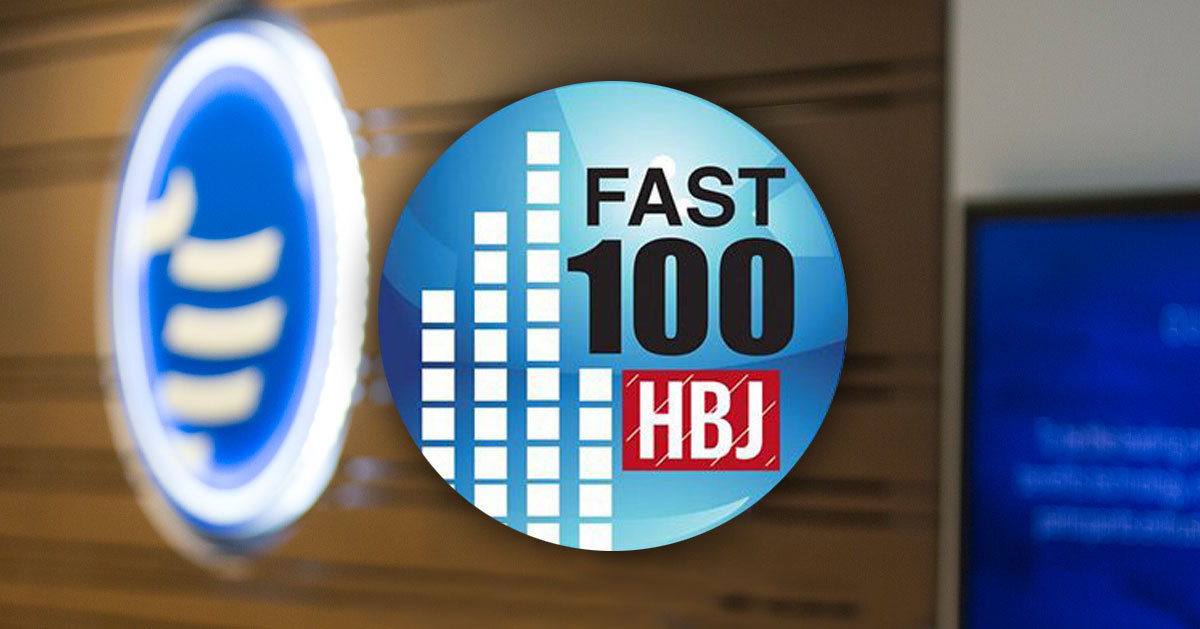Financial Wellness Success: How You Can Help Employees Take Control of their Health and Wealth
29 July, 2019Finances are a major source of employee stress, and can negatively impact your employees’ productivity, health, and happiness. With so much riding on financial wellbeing, financial wellness is gaining popularity in the realm of employee benefits. How can you help employees address their health and wealth, while ensuring a valuable return on your investment?
Empyrean’s new At-A-Glance Guide takes a look at the latest trends and factors impacting employees’ financial wellness and success. Download your copy for an in-depth look at the financial challenges facing today’s diverse workforce, and discover practical solutions that help you care for employees’ wallets and wellbeing – and optimize your benefits strategy in the process.
You may be wondering why employees need a financial wellness program in the first place. The reality is that money concerns don’t just affect employees’ bank accounts: financial stress can a have huge impact on employees’ productivity, job satisfaction, and even their healthcare claim costs.
59% of employees say that finances are their main source of stress: money issues are cited as more stressful than work-, relationship-, or health-related stressors combined.1 Employees across all generations rank personal finances as their main reason for stress, demonstrating a need for financial wellness support across all your workforce’s demographics and generational profiles.
While it may be true that money can’t buy happiness or love (according to The Beatles), finances play a huge role in ensuring employees and their families have the baseline resources and care they need. Given the importance of finances on everyday life, money concerns can cause significant issues for both employees and employers alike.
How do you define financial wellness? The majority of employees say financial wellness means being stress-free and stable when it comes to their finances.1 Unfortunately, there is a large disconnect between employees’ financial goals and their reality.
A whopping 38% of employees feel less than financially well,2 and 49% are struggling just to make ends meet each month. Meanwhile, only 37% of employees believe their pay has kept up with the rising cost of living.1
35% of employees report that finances have been a distraction at work, and nearly half of those employees admit to spending three hours or more each week thinking about their finances or managing issues related to their finances.1
More than one-fifth of employees say financial concerns have affected their productivity at work. In addition, nearly a third of employees say financial worries have impacted their at-home relationships and their health, which can cause additional problems (and may even lead to rising claim costs) down the line.1
The right financial wellness program can deliver big benefits for your company, including higher employee satisfaction and lower stress rates, better performance, lower healthcare costs, and greater employee retention.2 A financial wellness program may help you attract and retain talent: Of employees that experience financial stress, 78% say they would be attracted to another company that cares more about their financial well-being.1 However, as little as 2% of employers have officially implemented a financial wellness program as part of their benefits package.2
Although nearly all employees can benefit from the right financial wellness program, your approach should provide personalized guidance to each employee to help them reach their specific goals. However, benefit teams can become easily overwhelmed when trying to design and implement a program that addresses all the variables involved in reaching financial security, especially among each generation.
The complex variety of finance-related planning, decisions, and maintenance – along with differing levels of financial education and comprehension – can leave employees confused and benefit teams struggling to find a frustration-free solution. The right financial wellness support will address a host of cost concerns and savings goals (including healthcare, education, retirement, and more) instead of focusing on piecemeal issues alone.
For example, human resources professionals might find it nearly impossible to consider employee benefits and finances without immediately thinking about health coverage. For employees outside of your HR department, however, this connection may not be apparent. Despite being the most costly benefit for both companies and participants, just 7% of employees consider healthcare an important element of their financial success.2 This figure is highly troubling, and has major consequences for both employees and employers – especially as consumer-driven health plans (CDHPs) remain a prevalent coverage option.
A smart and integrated recommendation engine within your benefits enrollment experience can help employees discover the most relevant and cost-effective care for their needs. When combined with other financial wellness tools, this decision support technology can empower employees to make more confident coverage choices, without spending hours translating insurance jargon or sifting through tedious plan documents. This technology should also apply to year-round plan utilization, providing valuable information to help employees better utilize their coverage, provider choices, voluntary benefits, and savings account options.
Benefits selection and utilization are just one aspect of financial wellbeing, however. When it comes to truly mastering their finances, employees need a financial wellness action plan. Employees require relevant and achievable step-by-step guidance that helps them meet their individual priorities – whether it’s building an emergency fund, paying down debt, saving for a car or house, or growing their child’s college fund. This kind of insight must take into account the entire scope of an employee’s financial picture, including accounts, debts, budget concerns, benefit policies, investments, and more.
The easiest and most effective way to provide this level of financial guidance is through your benefits administration platform. An integrated financial wellness and benefits experience provides easy access to these resources, encourages sustained benefits engagement, and provides invaluable data and insights into the needs of your workforce – which you can then leverage to enrich and optimize your benefits strategy.
Incorporating financial wellness within your larger benefits experience encourages employees to connect these key concepts together. By combining powerful technology, alongside smarter coverage and financial decision-support, you can provide the tools employees need to feel confident in their finances and more focused at work and beyond. Plus, you’ll develop a deeper understanding of the matters that are affecting and motivating your workforce – and your strategy, team, and business will reap tangible rewards in the process.
Employees want and need financial wellness support: 86% of employees say they are likely to participate in such a program if offered by their employer.2 Incorporating financial support into your benefit experience and strategy will help destigmatize money-related stress, fuel positive business outcomes, and make financial wellness a more achievable goal for your workforce.
For a comprehensive look at what financial wellness and enterprise benefits administration software can do for your business, download Empyrean’s latest At-A-Glance Guide. You’ll learn valuable solutions to gain a more productive organization, a stronger strategy, and happy employees.
As always, we’d love to get your thoughts. Feel free to contact us with questions or comments at info@goempyrean.com.
References
- “PwC’s 8th Annual Employee Financial Wellness Survey.” PwC US. New York, NY. June 2019.
- “2018 Bank of America Merrill Lynch Workplace Benefits Report.” Bank of America Corporation. Charlotte, NC. August 2018.













